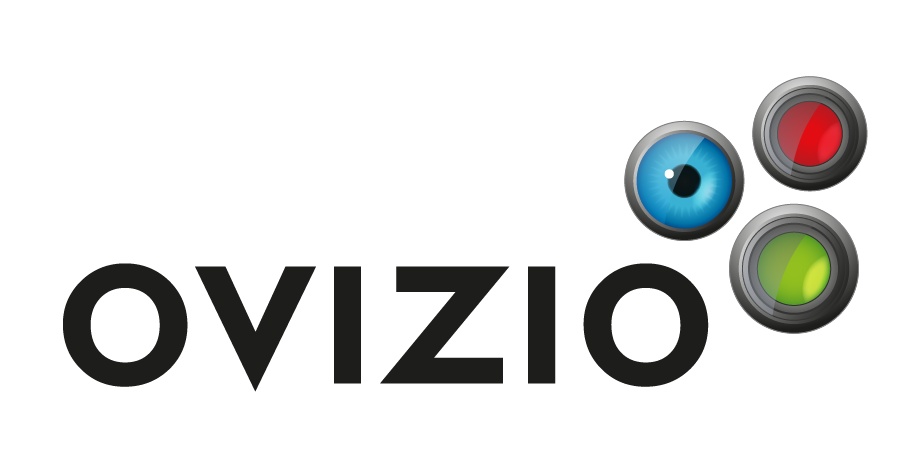Matthias Ugele, Markus Weniger, Maria Leidenberger, Yiwei Huang, Michael Bassler, Oliver Friedrich, Barbara Kappes, Oliver Hayden, Lukas Richter
In-Vitro DX & Bioscience, Department of Strategy and Innovation, Siemens Healthcare GmbH, Günther-Scharowsky-Str. 1, 91058 Erlangen, Germany. m.ugele@gmx.de.
Differential digital holographic microscopy, in combination with two-dimensional hydrodynamic focusing allowed dye-free detection of P. falciparum infection in sphered erythrocytes, with a parasitemia detection limit of 0.01%. Moreover, it even shows potential for future discrimination of malaria species.
Prof. Dr. Oliver Hayden, MBA, Heinz-Nixdorf-Chair of Biomedical Electronics at TranslaTUM
Dear Professor, could you please introduce yourself and your research briefly?
“I have a rather unusual career as a biochemist, who enjoys to jump between academic and industrial research, basic and applied sciences. Last year, I joined TU Munich leaving Siemens Healthcare to become part of a unique “cultural experiment” between pre-/clinical research and engineering. My Chair is located in the TranslaTUM at the campus of University Hospital Klinikum rechts der Isar. Our vision is to mediate translational research projects between clinicians, basic scientists, and entrepreneurial partners. The focus of my own research is the development of workflows for precise cell function diagnostics on various time scales.”
What made you aware of Ovizio technology?
“When working at Siemens we explored different technologies in the space of quantitative phase microscopy. Ovizio was the one with the highest potential and was a match to our intended use.”
How did you envision the integration of Ovizio microscope with your existing process?
“Ovizio’s technology is an enabler for our method development, which covers optics, microfluidics, and most importantly workflow integration. We are looking forward to cooperating with Ovizio and explore the rich opportunities to improve automated cell diagnostics.”
Can you comment on the results you have generated and how the technology has helped you improve your process?
“I have been the PI (Principal Investigator) at Siemens to explore imaging modalities for cell diagnostics. In two publications my team could demonstrate that leukocyte differentiation does not require any sample preparation. In fact, the contrast of untouched leukocytes with our customized Ovizio microscope is high enough to discriminate a large variety of benign and malign cells which allowed us to even discriminate leukemia. The data quality is high enough that automated analysis of pathological conditions can be envisioned.“
According to you, what are the key benefits of the technology? And what were the challenges you have faced during integration?
“Critical for any clinical application is robustness of the method. With Ovizio’s setup, we learned that phase microscopy can be very reliable. Furthermore, workflow integration for a reference database remains challenging for a translational project. Such an effort requires access to thousands of clinical samples and close cooperation between engineering and clinicians. Such an environment is offered by TranslaTUM which was also the main motivation to move to TU Munich.”
According to your experience, what would be the next step for Ovizio? How could we further improve the technology? What other benefit would you be looking for?
“Every team with a platform technology faces the same challenges in identifying and prioritizing the right market segment to focus on. I believe stand-alone microscopes are probably less attractive due to market forces. Ovizio is a rising star with a passionate team and a first unique product for bioreactor control moving its portfolio beyond traditional markets. I believe Ovizio still has time to learn what value chain share matches and which apps and workflows make a true difference. Obviously, image analytics is one asset. The problem is how to get to high-quality data with content information. For the MedTech industry, such a scenario requires close public-private partnership which could be beneficial for engineering and clinical utility.”
